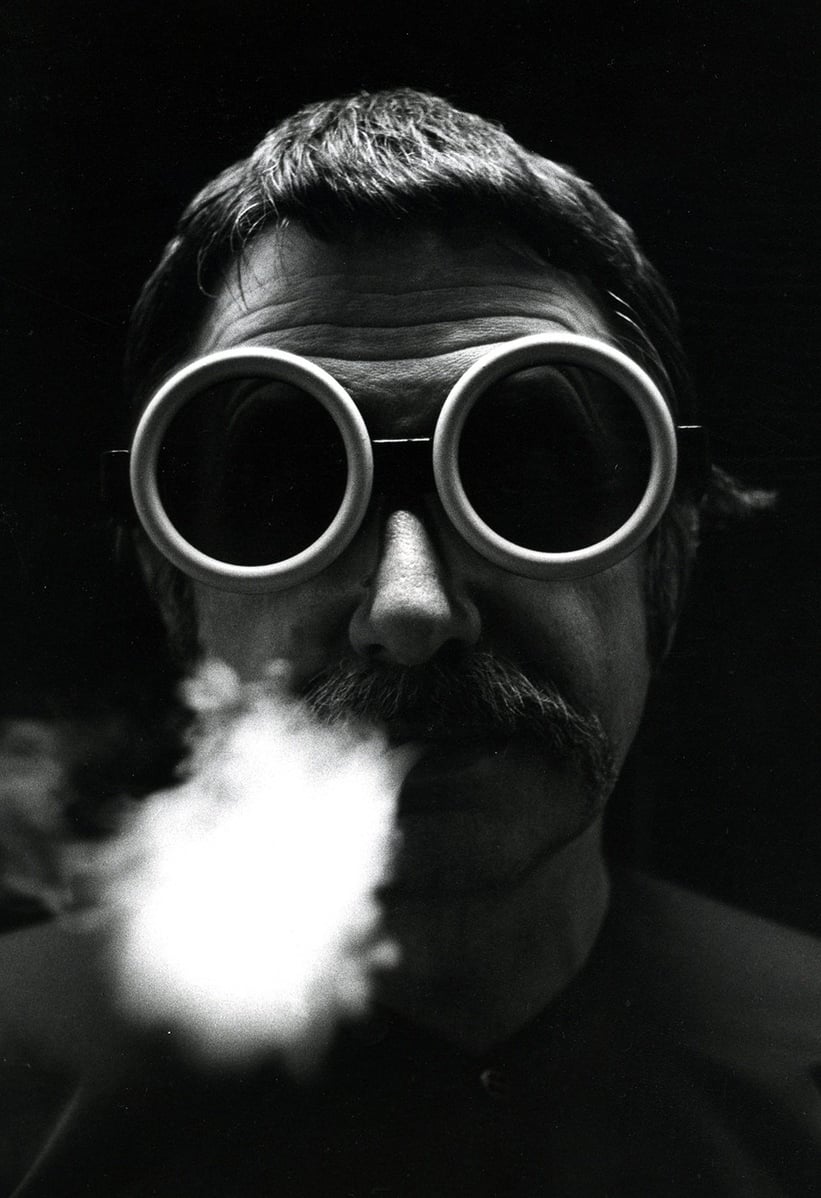
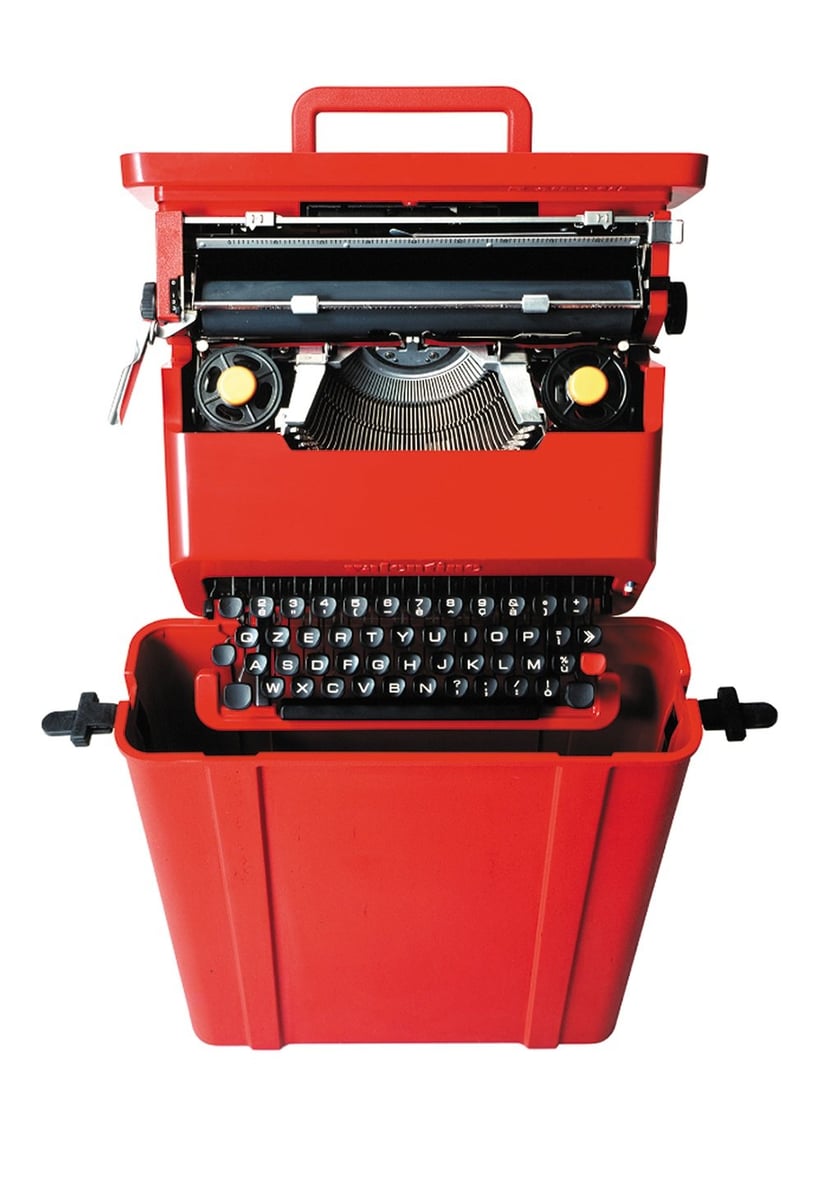
The international design scene has celebrated the functional fibreglass and plywood furniture of Charles and Ray Eames and the industrial chic of Jean Prouvé for more than a decade, but now, it’s beginning to move its focus onto something else: postmodernism and, with it, the most famous spokesman of the anti-design movement in the 1980s, the unique Ettore Sottsass. The Austrian-Italian designer, born in Innsbruck in 1917, initially became famous for his pop art-inspired designs for Olivetti — specifically, the red typewriter ‘Valentine’, which was produced in 1968 and is now considered a design classic.
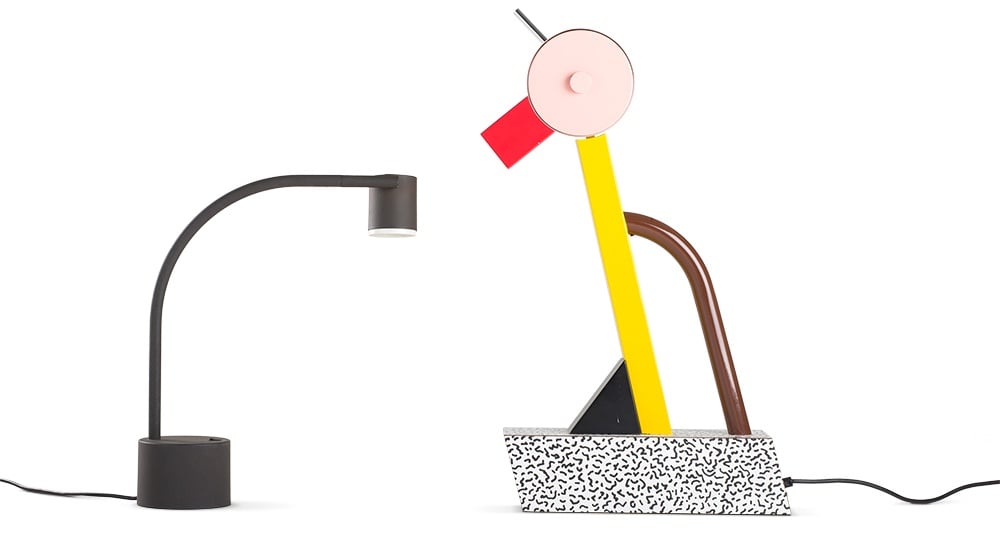
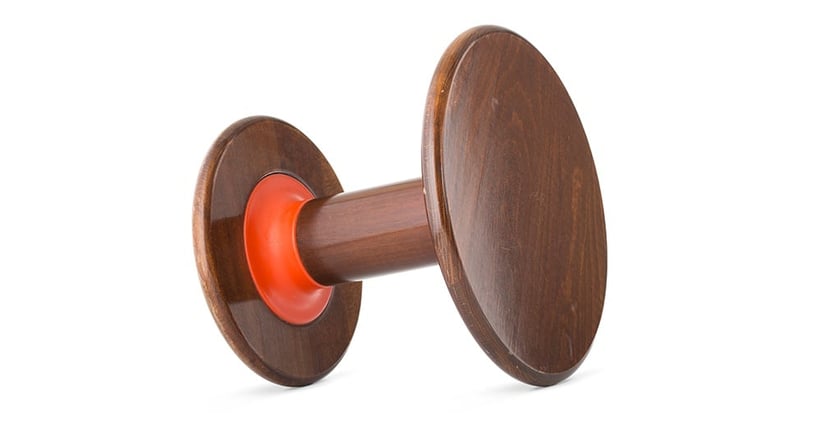

In the 1970s, however, Ettore Sottsass began to turn away from the functional look of international style and spice up his designs with a pinch of irony and humour. And it is the brightly coloured, geometrically shaped, and often wildly patterned furniture of the Memphis group, which he co-founded, that earned Sottsass the reputation of a design master. With these unconventional and often poetic creations, it was his aim to challenge the bourgeois ideas and reflex-like functionalism impulse of the post-war society and stimulate reflection.
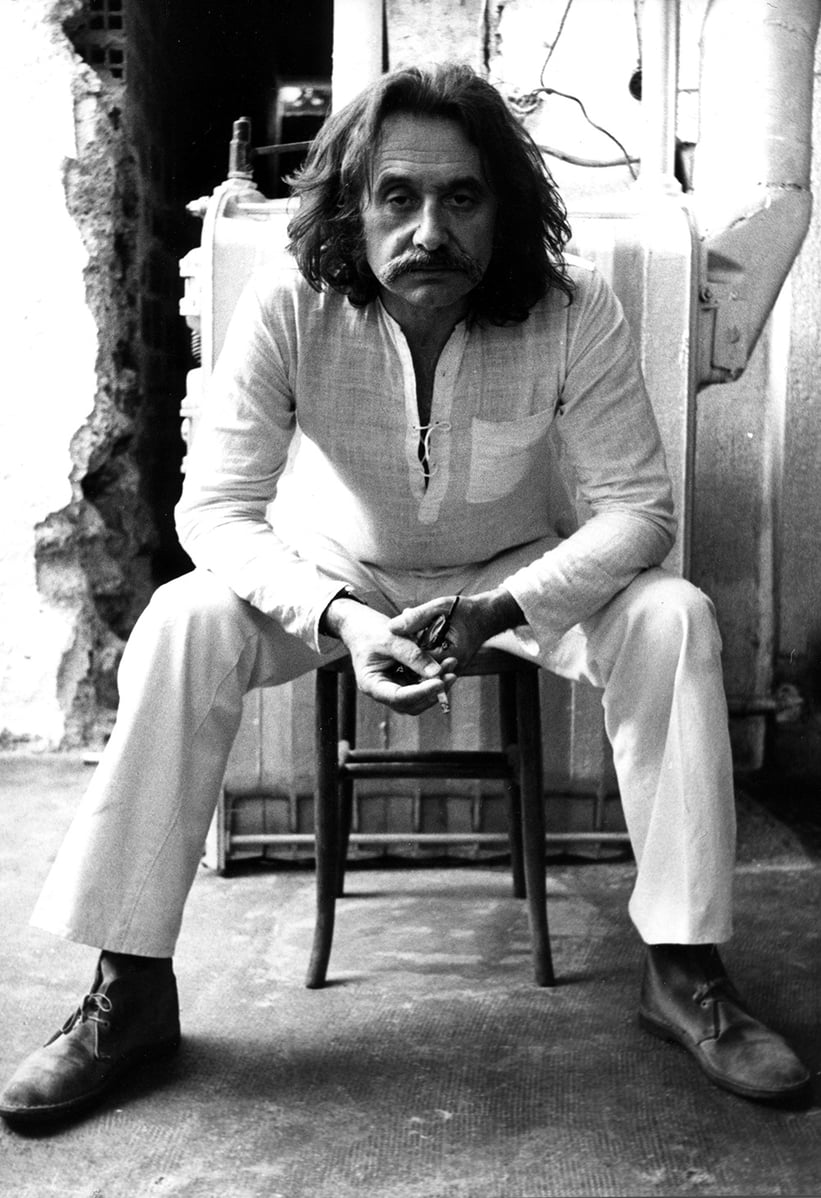
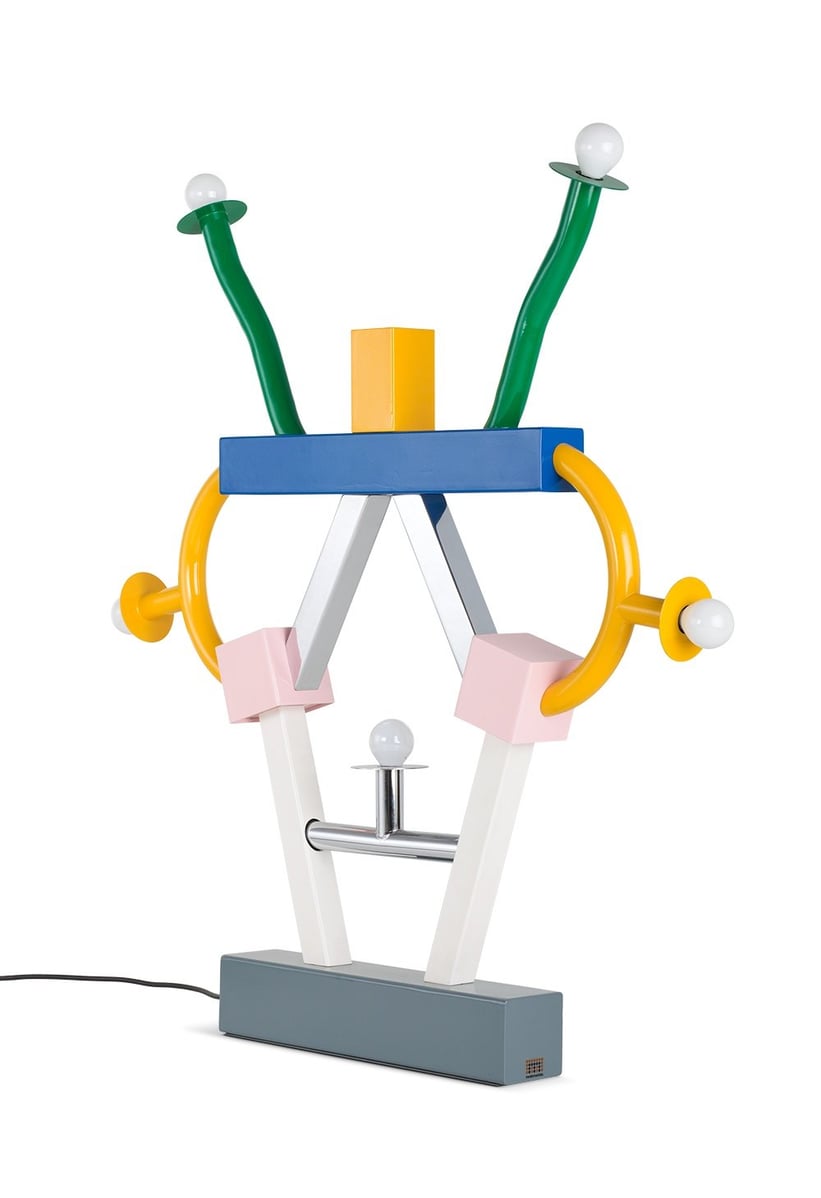
In the satellite building of the Metropolitan Museum of Modern Art, the Met Breuer, located on New York's Madison Avenue, a comprehensive exhibition devoted to the work of Ettore Sottsass, called Ettore Sottsass: Design Radical, has opened, with viewings available until 8 October 2017. The exhibition Ettore Sottsass: Rebell and Poet is taking place at the Vitra Design Museum in Weil am Rhein and will run until 24 September 2017. Although small, with just 30 objects and pieces of furniture on display, it provides insight into the work of the exceptional designer.
Photos: Vitra Museum / Met Breuer




















